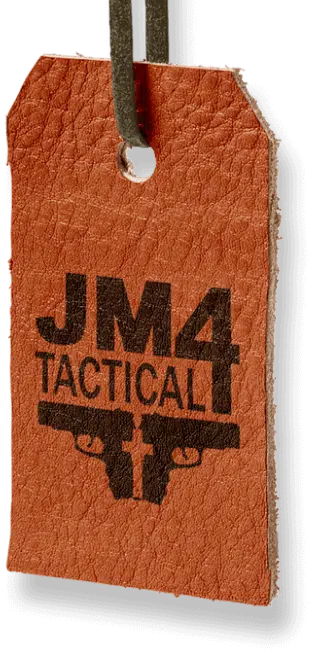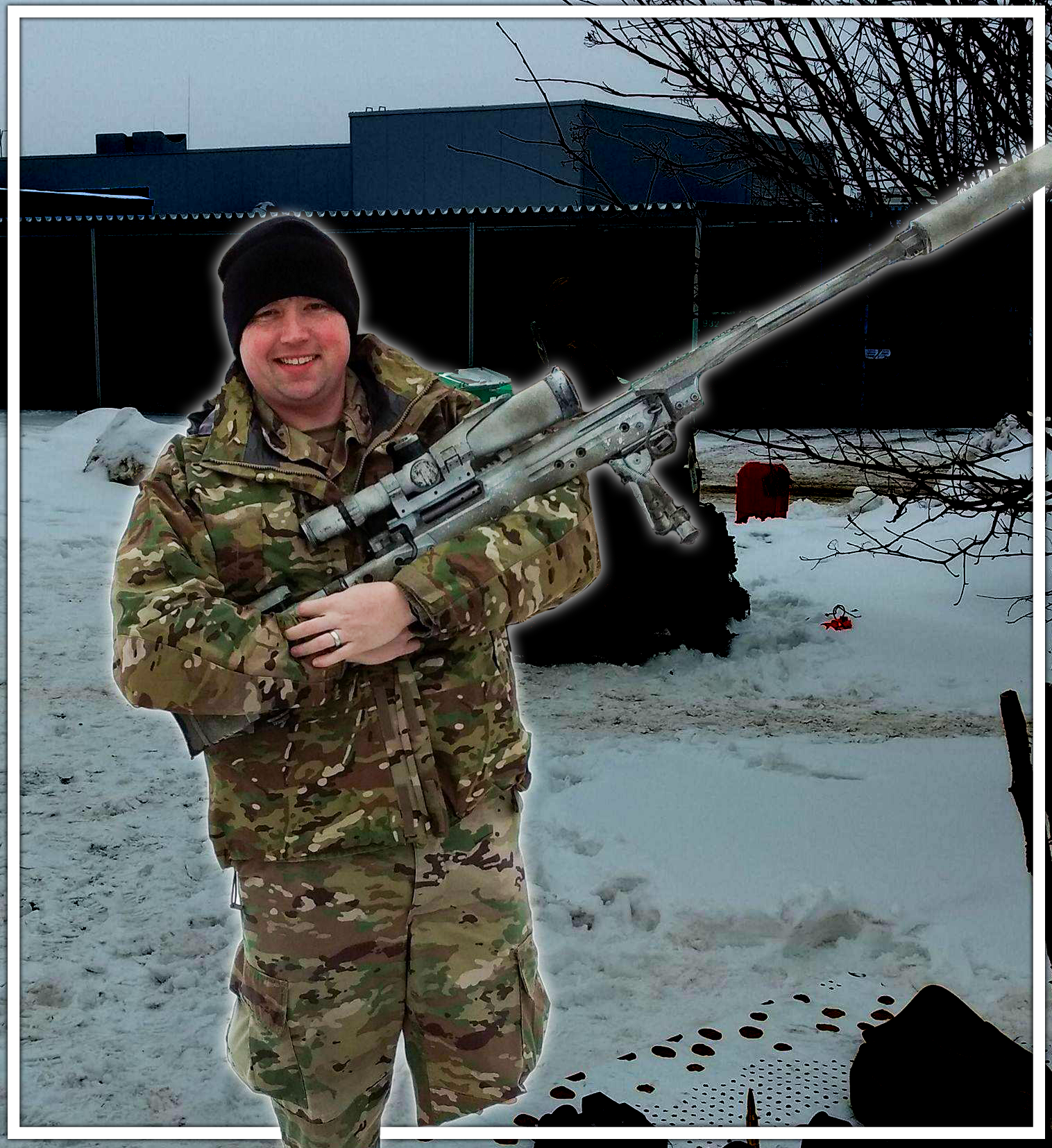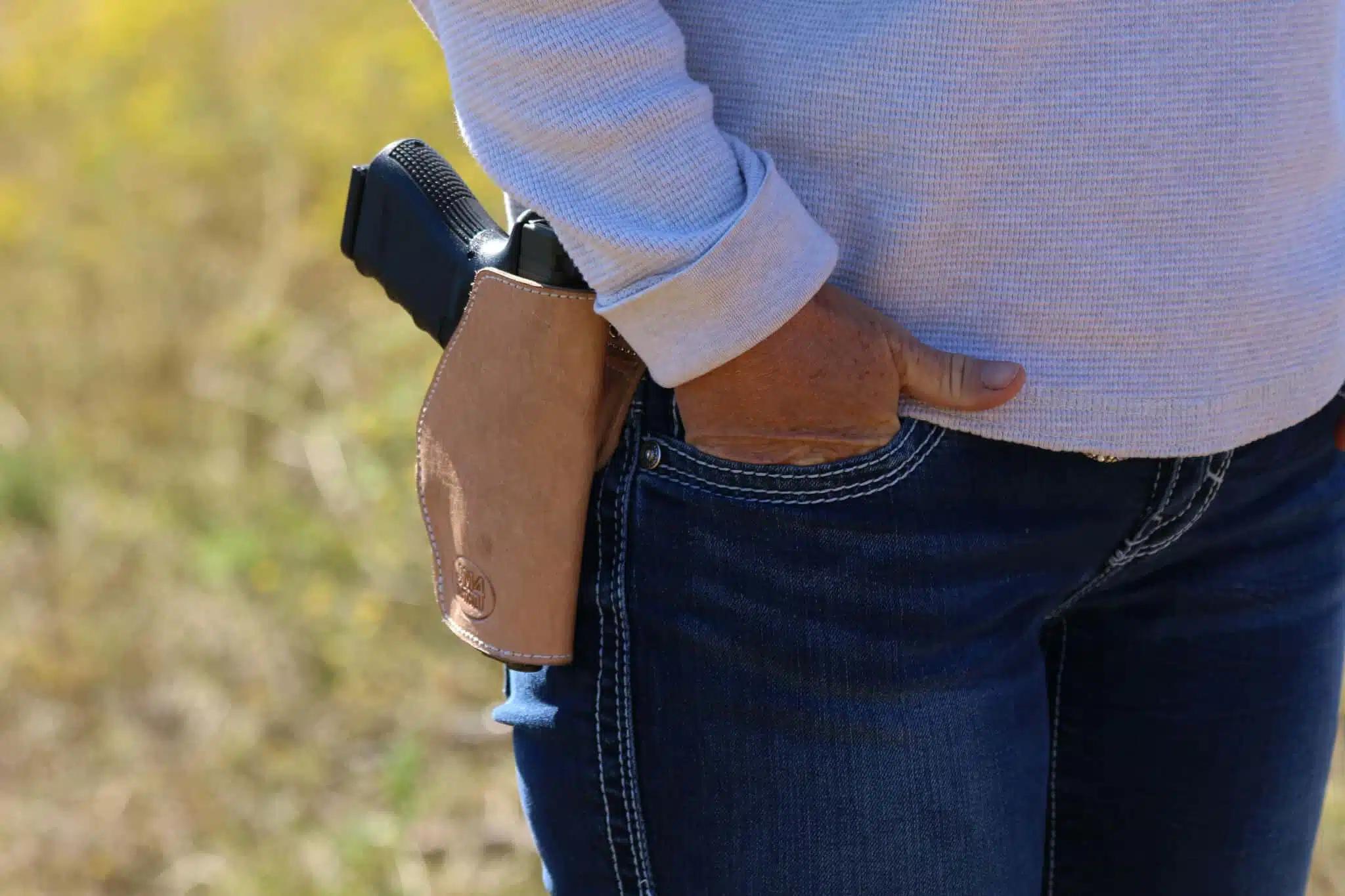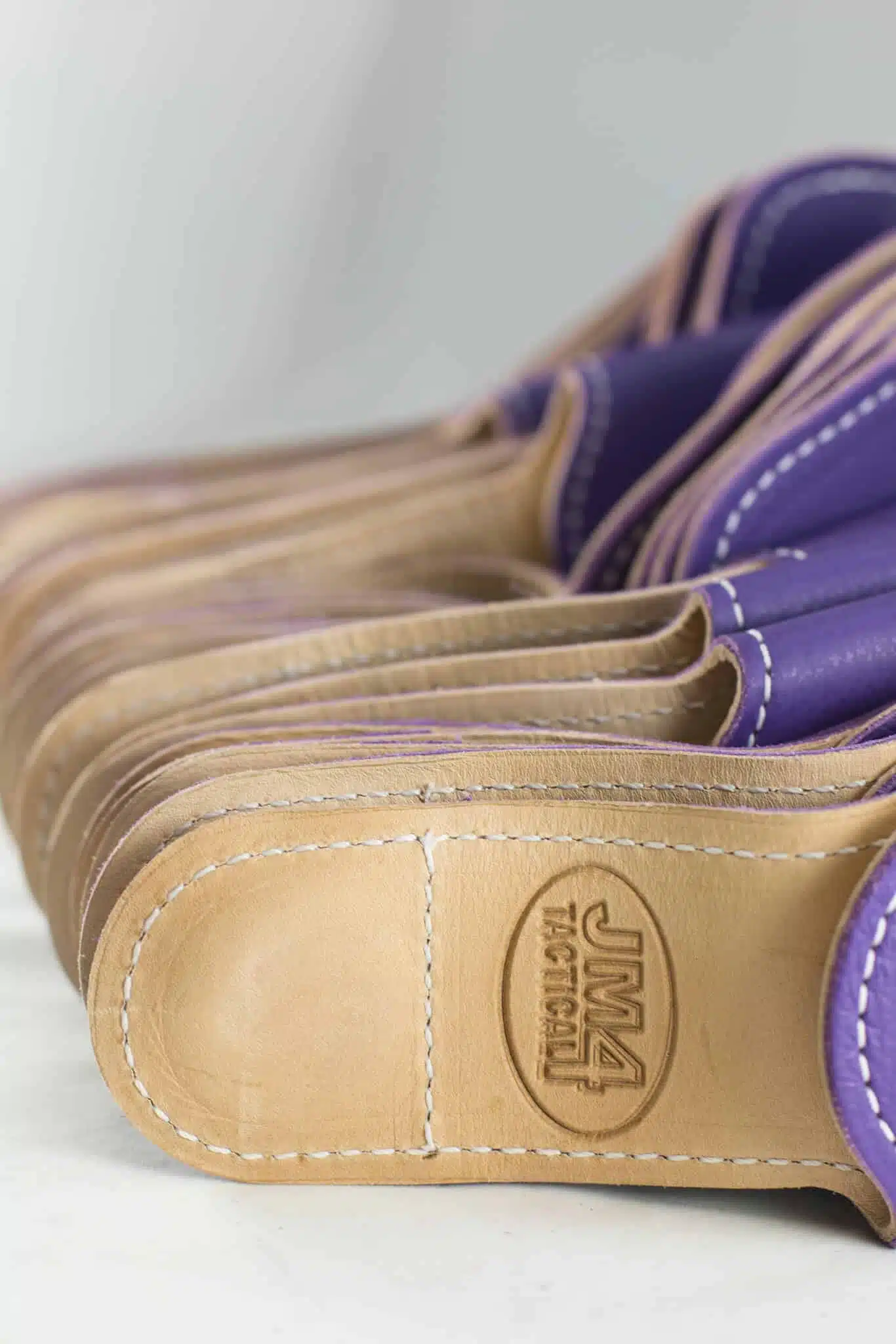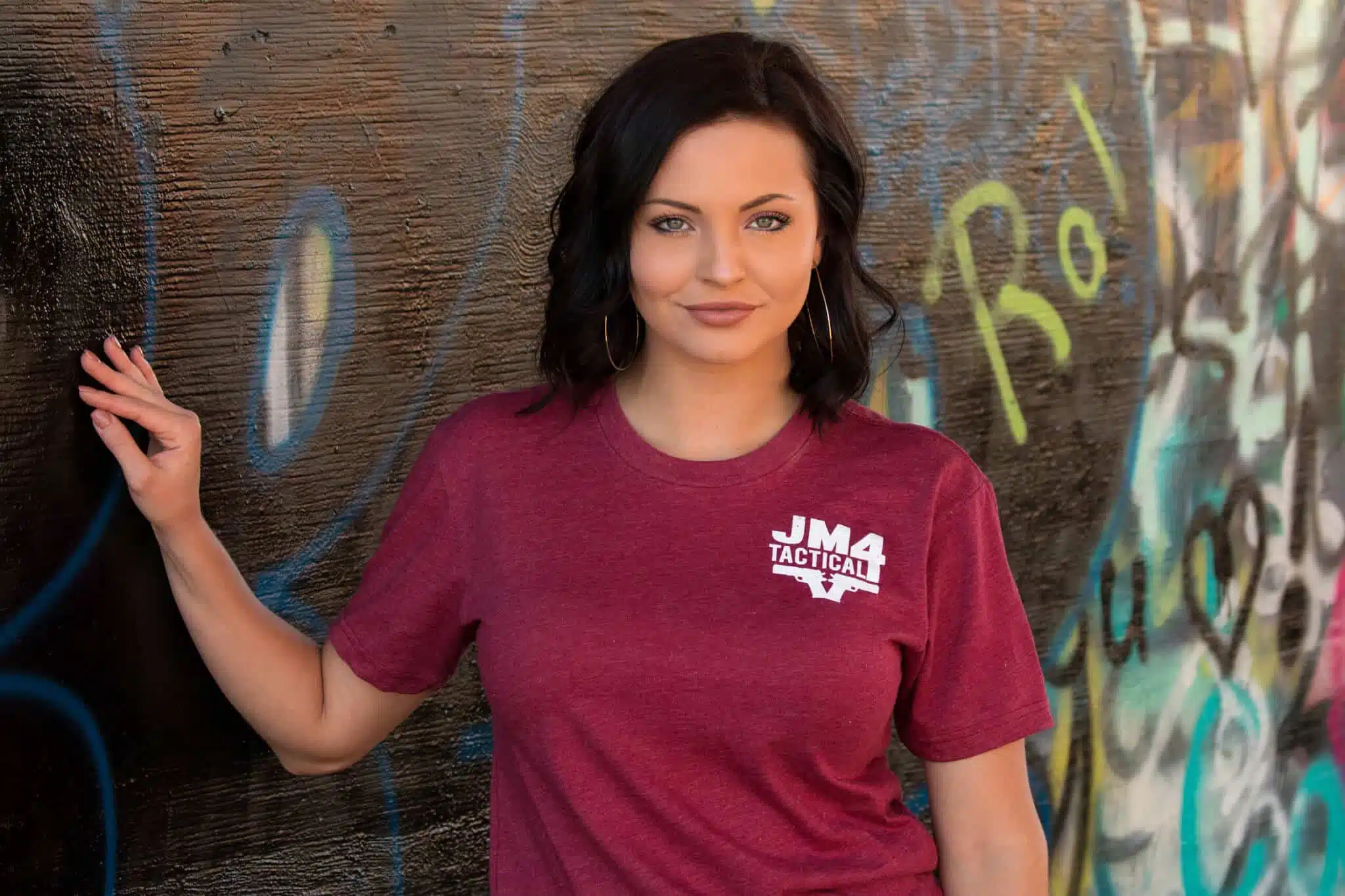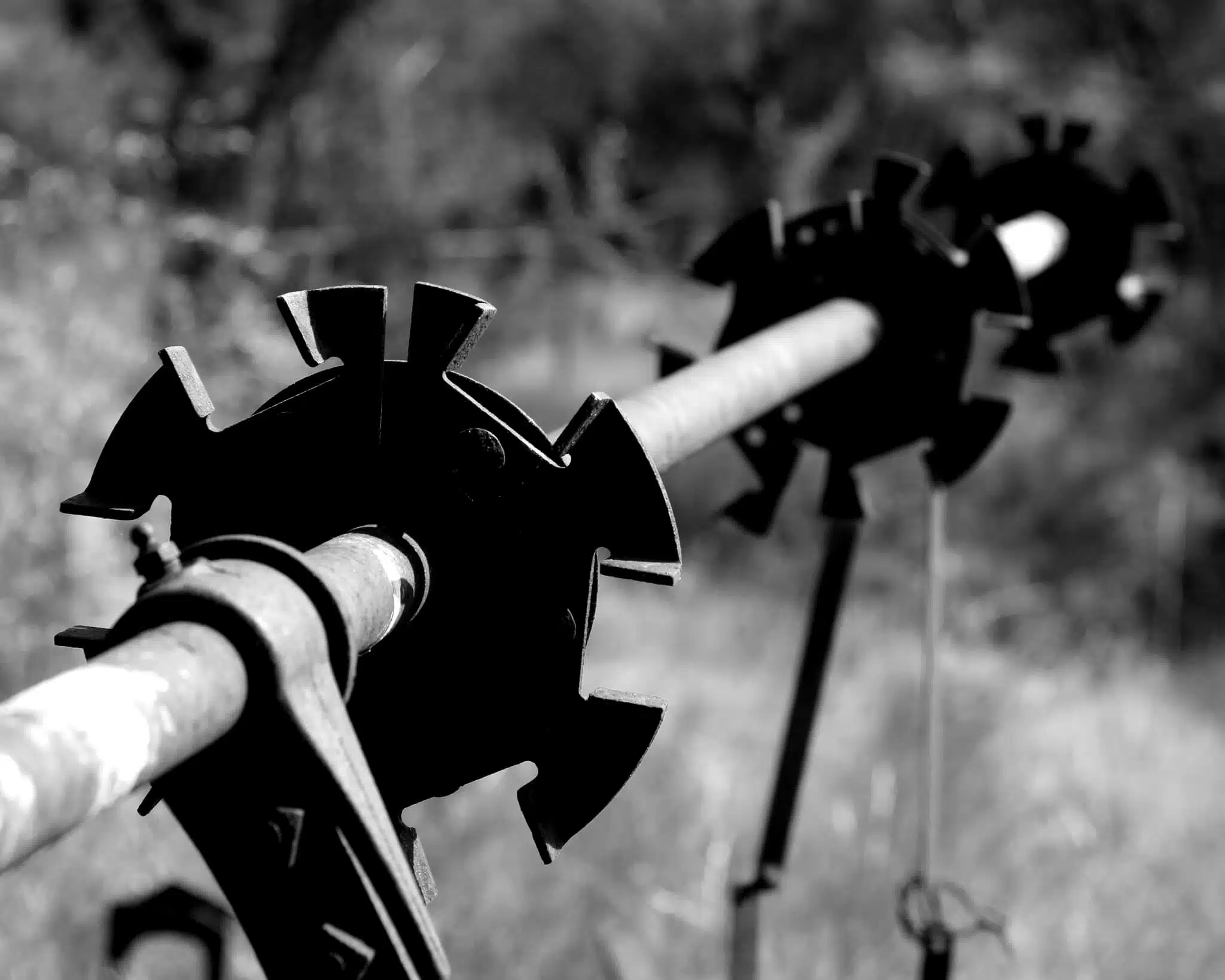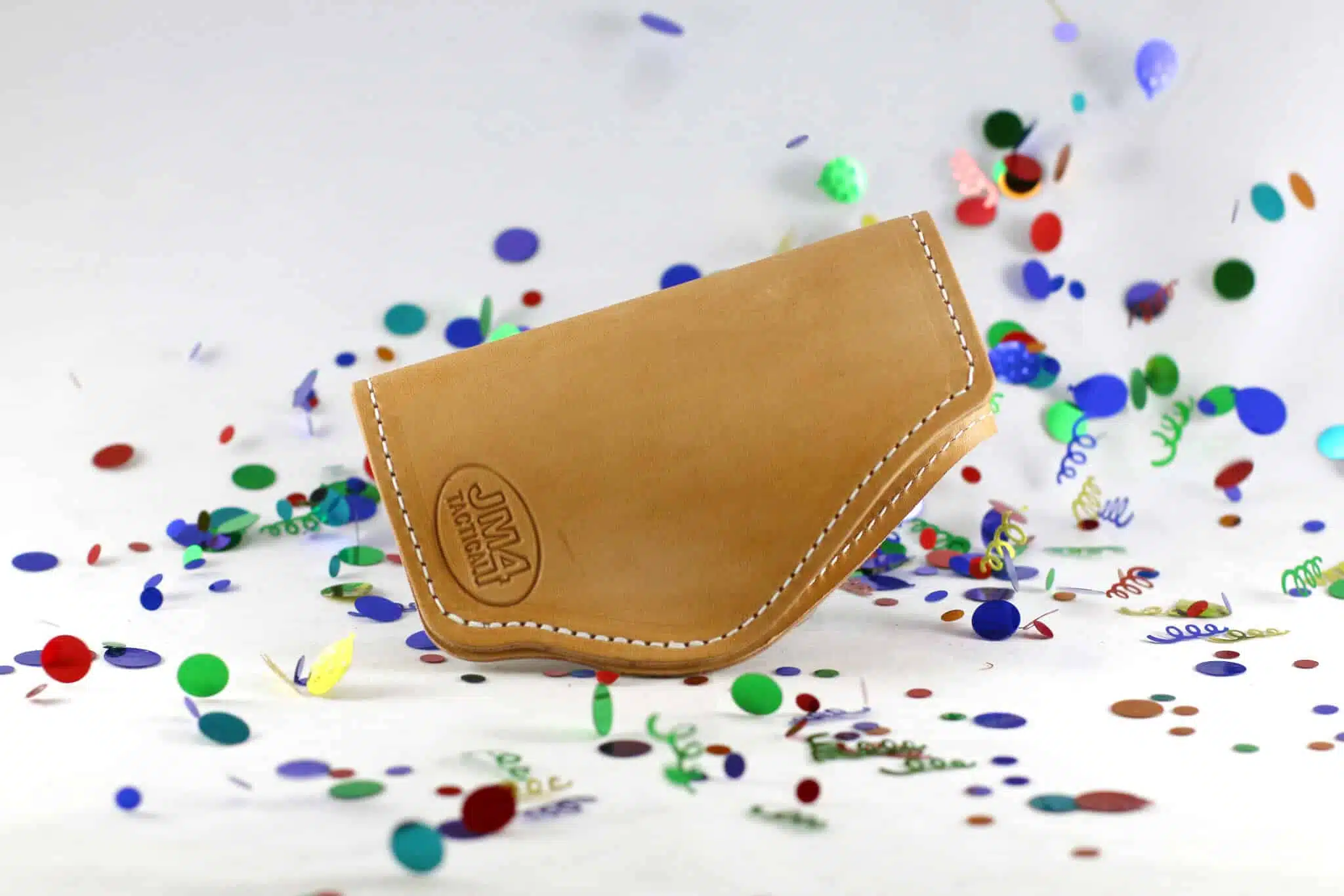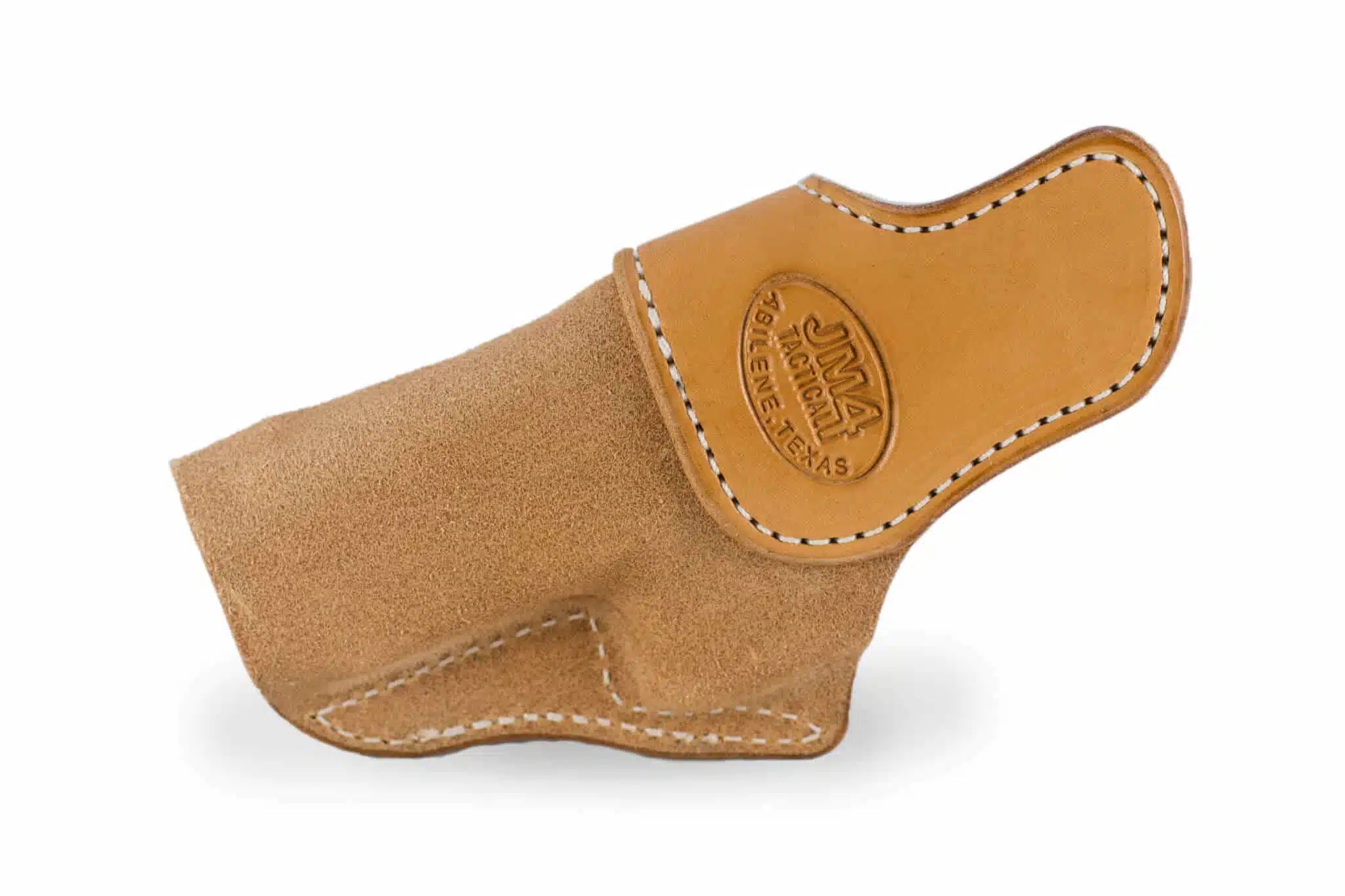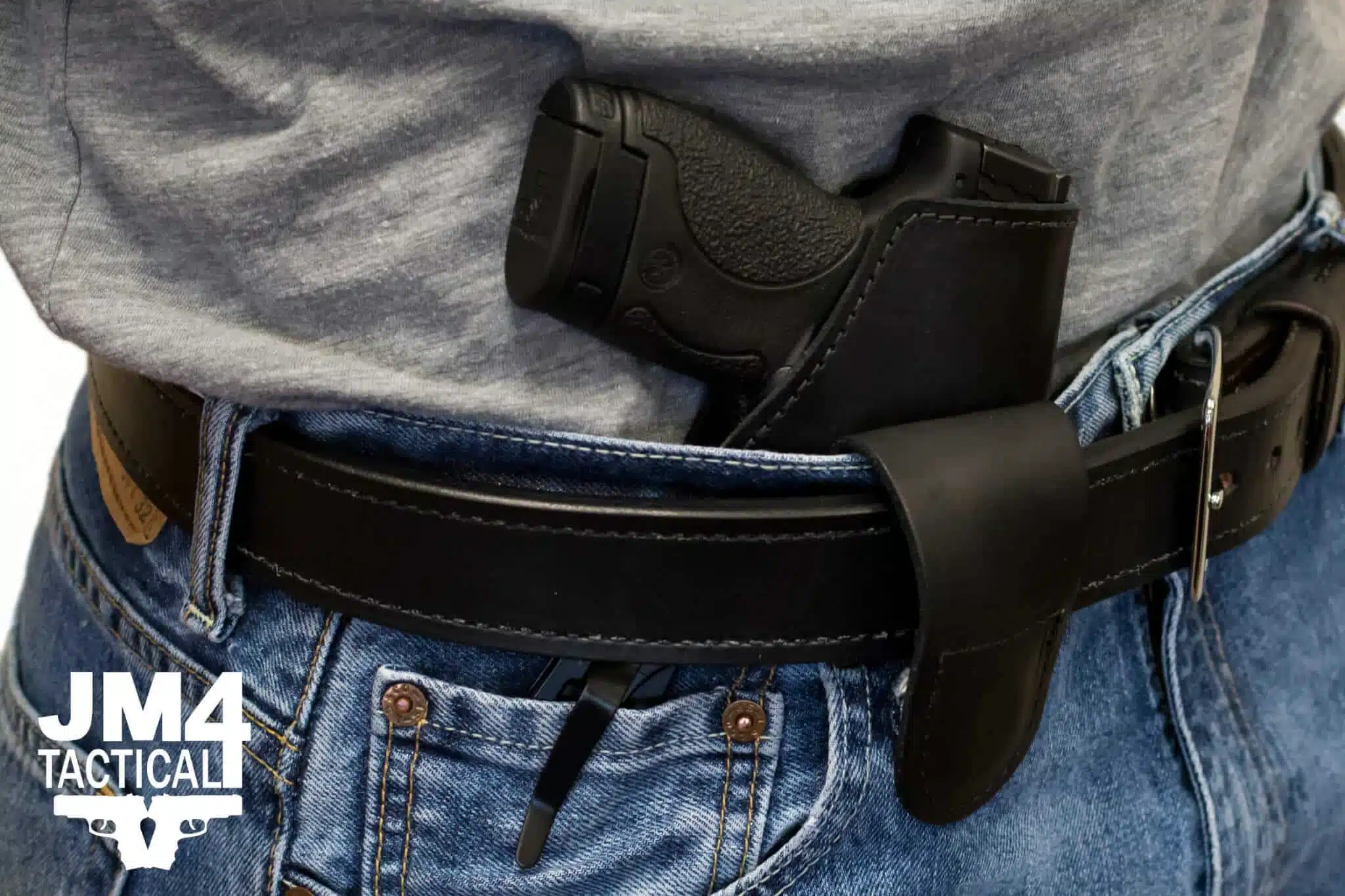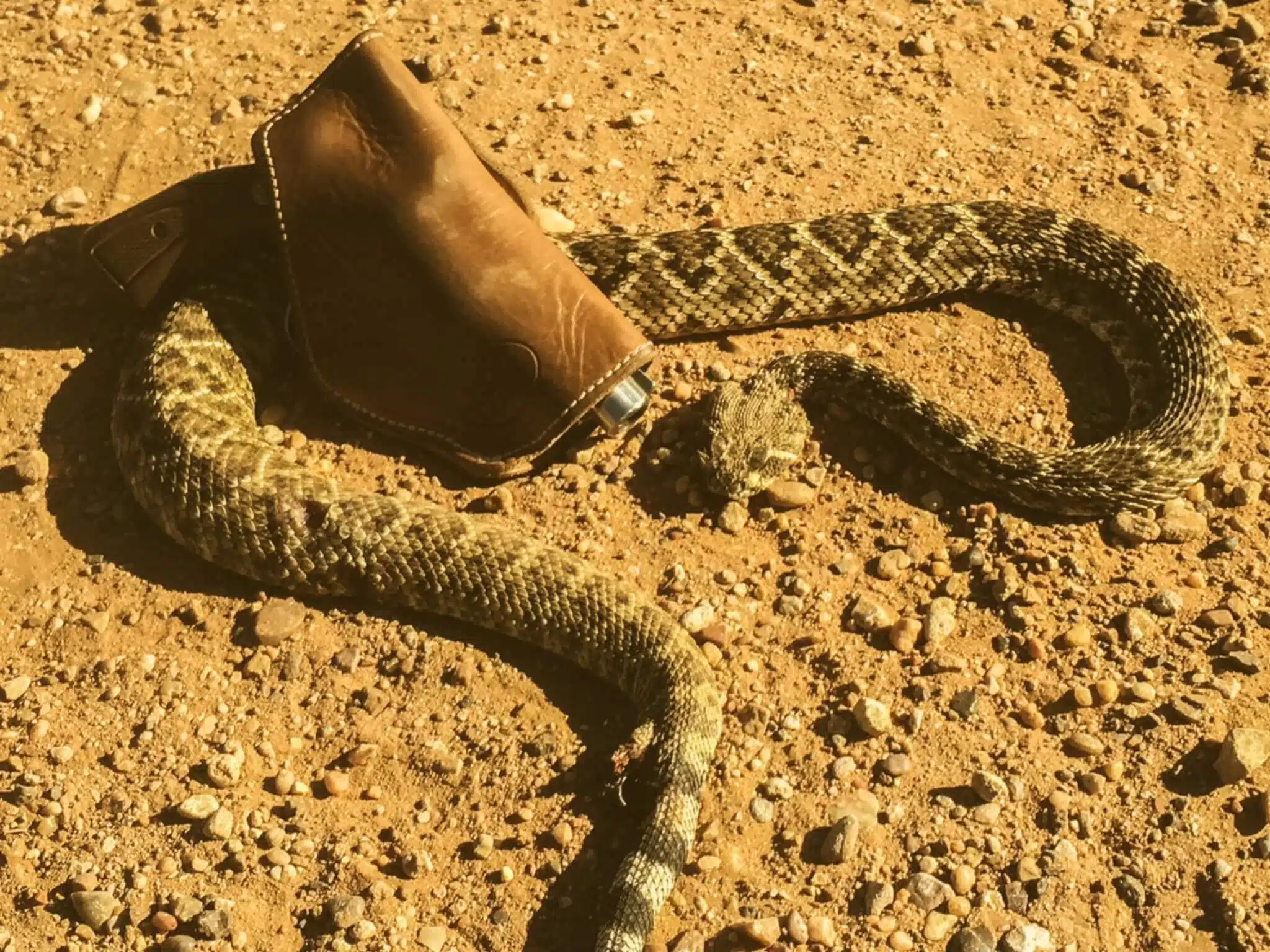Carry Ammo Considerations

Carry Ammo Considerations – The ammo shortage for the most part, is starting to decrease across the country, or at least in the area that I am currently in. While that was especially annoying for hunting season (apparently 30-30 was making a comeback this year), I was able to go and train for the most part throughout the last 6 months, even if the ammo of choice wasn’t always there. Now, with more ammo on the shelves, there is more of an ability to choose what to carry every day, even if it seems more expensive thanks to inflation and price gouging.
With that said, I want to emphasize some of the most common, and recommend what you not only carry, but practice with…I am a big proponent of practicing with the same rounds and weights you carry every day.
Full Metal Jacket (FMJ):
This was the standard for warfare, hunting, and target shooting for years, up until better technology or conventions (such as Geneva) prevented the use of anything but. These rounds are copper coated lead slugs, usually the standard for practice, and typically function the best in all pistols. This is due to the smooth jacket easing feeding in auto-loading pistols, whereas others can snag on the feed ramps. My neighbor growing up used 45 FMJ in his Thompson as a tank platoon leader in the Pacific, and he said with a grin, “works well on heads at 30 yards”. While these may not cause the most damage from hydro-static shock or create the largest wound channel they still can work in self-defense in a pinch. It is important to note all military rounds are FMJ, and while not optimal still work well in the right hands and put in the right spots. Not my first choice, but if you can only get 200 rounds of FMJ, train with 150 of them at the range and carry the rest.
Hollow point (HP/JHP):
Hollowpoints are the industry standard for self-defense due to their ability to mushroom out after contacting flesh at high speed and creating a larger wound channel. This was seen as much improved to FMJ, as the latter does tend to punch straight through, with little energy transfer. There are downsides to HPs that must be talked about. First is depending on the round, some are not as reliable for either feeding effectively, or mushrooming out. This can be compounded if the target has heavy jacket/clothing, as in the past some of these became essentially slugs. The second to this is that they tend to be much more expensive (like almost double/round in my area), which makes training much more expensive. One way around the latter is to buy the same round/grain weight to train on, and carry the other AFTER function checking to ensure no shift in point of aim (POA) and point of impact (POI). Another option is to test your rounds if you are able.
For example, I took my 45ACP handloads out to go hunting hogs and ended up using them. They worked great, and I was able to see what the damage was. Same test with FMJ on different hog, not nearly the same result. Both were dead, one with significantly less holes.
Specialty rounds:
There are a ton of specialty rounds out there like Ripper Rounds, Tracer, dragons breath (12 gauge) and others. These in my opinion are marketing hype or ineffective at what they should be used for. Tracers look pretty, but they are meant to mark fire where you are shooting to get others to aim there, not effective at stopping a threat. I would steer clear of unproven rounds, especially as it relates to my life.
Other rounds:
Lead rounds: Cheap and work just fine, especially for target, NOT IN GLOCKS!
Wadcutter/Semi-Wadcutter: great for holes on paper, usually made from lead, and designed for shooting in cowboy guns (although I have used in a 1911 with no ill effects). Best for target
What are your favorites?
Also be sure to check out JM4 Tactical for your holster needs!
Author: Ian Bolser
